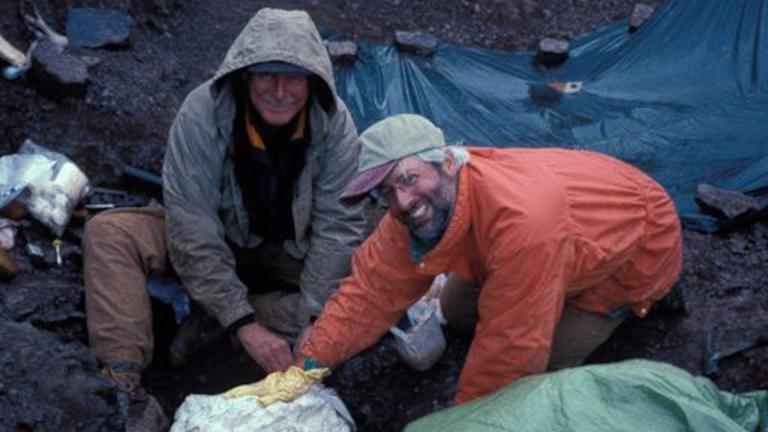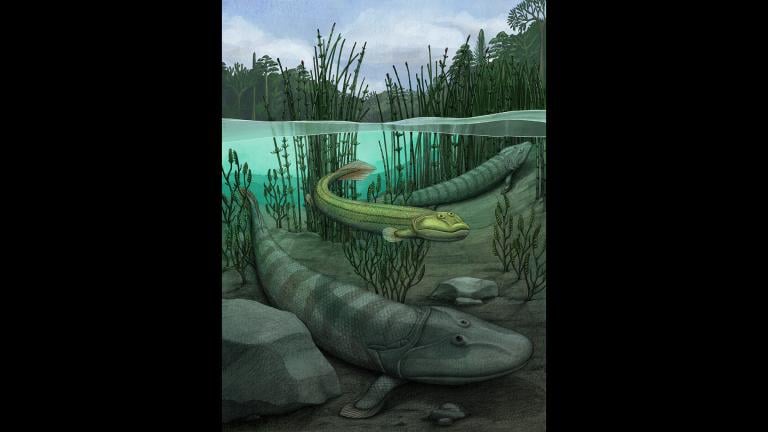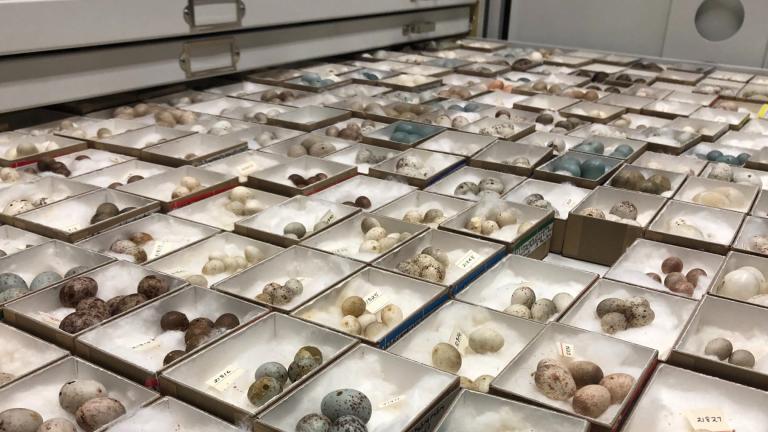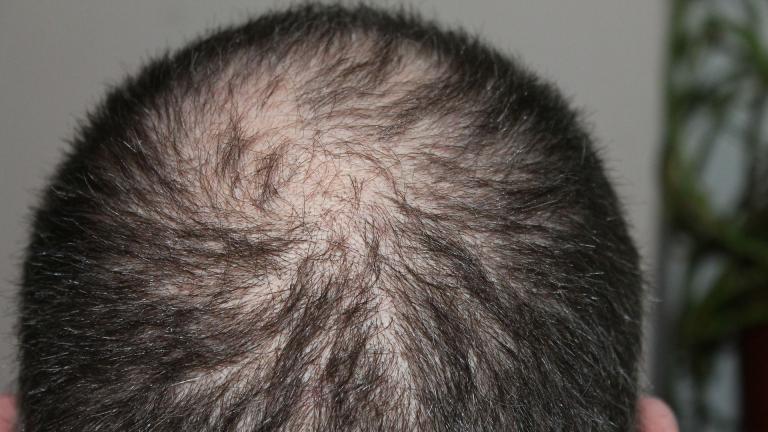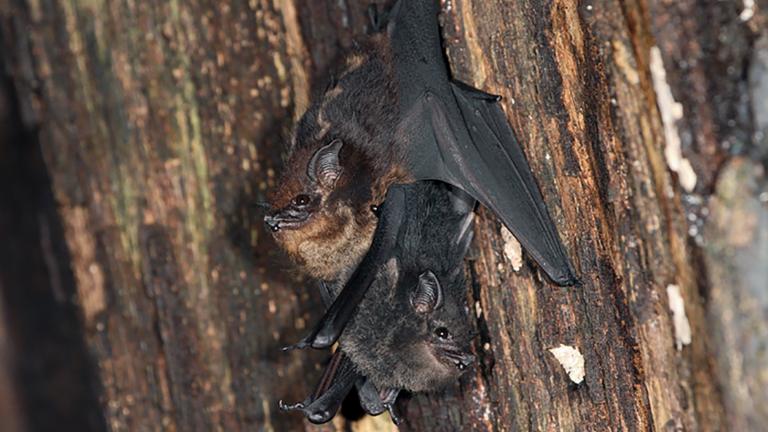Researchers at Hebrew University of Jerusalem in Israel have used a novel technique to reconstruct the image of an ancient human ancestor.
University of Chicago paleontologist Neil Shubin returns to help explain that story and others making headlines in the world of science.
Below, more about each story we discuss.
Human ancestor’s face reconstructed using fossilized bone
Researchers at Hebrew University of Jerusalem in Israel have used a novel technique to reconstruct the image of an ancient human ancestor.
Denisovans are thought to have lived across much of Asia thousands of years ago, but little was known about their appearance. Hebrew University scientists have reconstructed what a Denisovan may have looked like be analyzing DNA found in a fossilized fragment of finger bone.
Denisovans were relatives of Neanderthals and are thought to have died out roughly 15,000 years ago. However, Denisovans and human ancestors interbred and those couplings have left a legacy with Melanesians and indigenous Australians carrying up to 6% of Denisovan DNA.
Dust from asteroid collision in deep space triggered ice age on Earth
Scientists have long known that about 466 million years ago the Earth entered a long and sustained ice age. What caused the Earth to cool was not known, but now researchers at the Field Museum believe they have found the answer.
They claim that an asteroid collision in the asteroid belt between Mars and Jupiter created so much dust that it reduced the amount of heat from the Sun reaching the Earth.
“Normally, Earth gains about 40,000 tons of extraterrestrial material every year,” said Philip Heck, a curator at the Field Museum and one of the paper’s authors. “Imagine multiplying that by a factor of a thousand or ten thousand.”
“Our hypothesis is that the large amounts of extraterrestrial dust over a timeframe of at least 2 million years played an important role in changing the climate of the Earth, contributing to cooling,” said Heck.
Researchers claim to prove that what doesn’t kill you makes you stronger
German philosopher Friedrich Nietzsche famously said “what does not kill me makes me stronger.” Now researchers at Northwestern University’s Kellogg School of Management claim to have scientifically proven the truth of that statement.
Researchers analyzed the relationship between early failure and later success among young scientists and found that those who “failed” early but stayed with a scientific career had greater success in the long term.
Success and failure were measured by looking at the number of scientific papers the scientists published and how many citations they received over a 10 year period.
“Those who stick it out, on average, perform much better in the long term, suggesting that if it doesn’t kill you, it really does make you stronger,” said lead author of the study Yang Wang.
Related stories:
Monarch Migration Leads to Some Dead Butterflies on Chicago Lakefront
Report: Climate Change Threatens Survival of Most North American Birds
Field Museum’s New Meteorite Contains Stardust That Predates the Solar System

